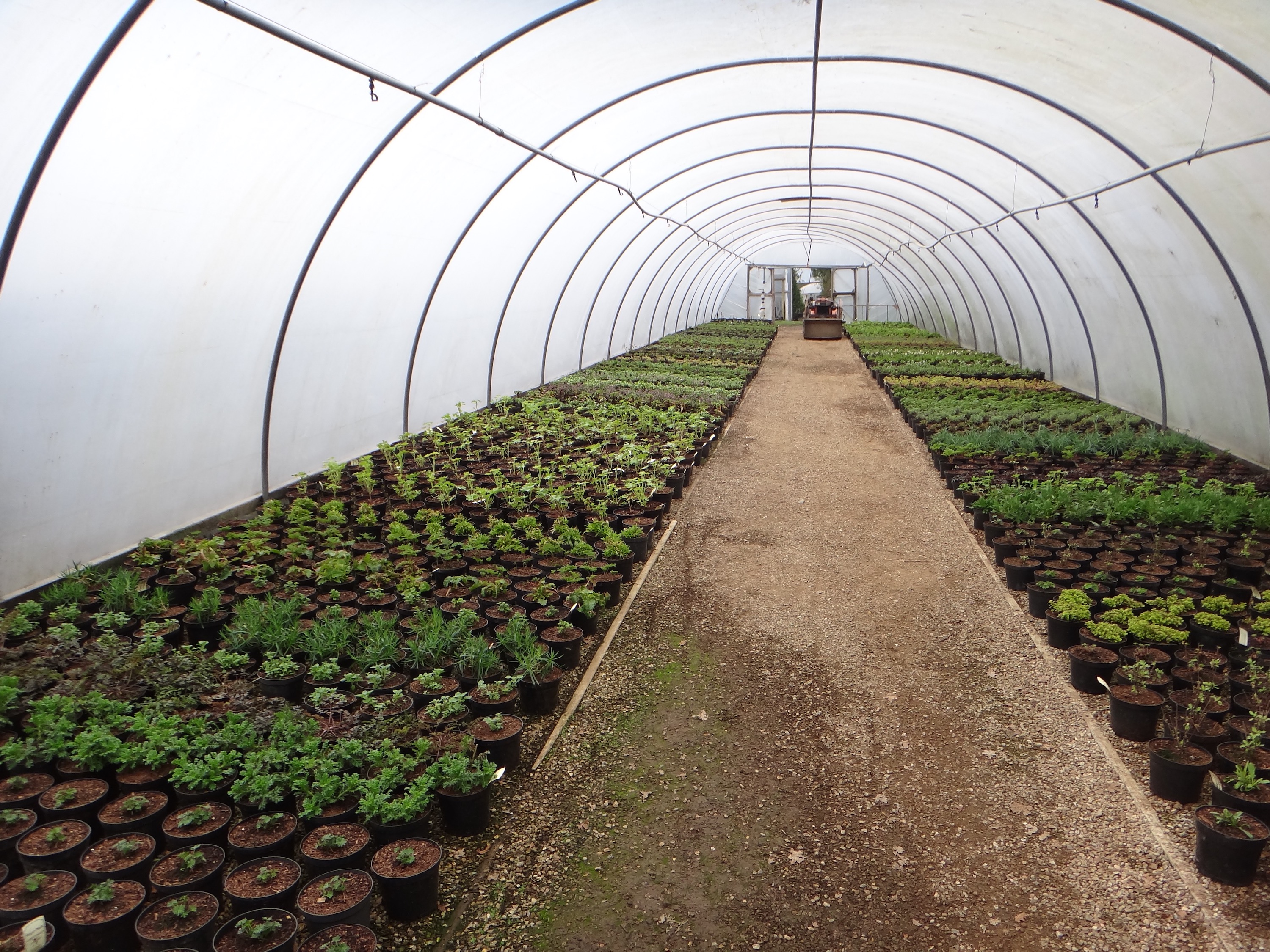The Chelsea Diaries: Mostly Weather Dependant
- March 1, 2013
- Posted by: Thomas Platts
- Category: The Chelsea Flower Show

Even this far ahead we are juggling with changes in weather conditions. I am not planning to manipulate the plants excessively as the planting must be sustainable. Showing spring bulbs in full flower with early summer perennials would create a completely misleading effect in a show garden. I leave that to the specialists in the Chelsea Pavilion who have to show their early spring bulbs or late summer varieties looking at their best whatever the time of year.
We do however have to nudge many plants forward a little so they will be looking as good in the middle of May as they would early in June. There is a remarkably short time to do this. Whoever decided to choose mid May for the Chelsea Flower Show rather than early June all those years ago? I would like to meet and ask them why – I suppose it was because a large proportion of plants used in show gardens then were Rhododendrons, Azaleas, conifers and spring flowering alpines and it was billed as the Great Spring Show in the early days. One week later would help us immensely. Throw into the equation the uncertain climate and it makes for an interesting twelve weeks ahead.
My methods of forcing or retarding are very subtle, using only unheated polythene tunnels, a glasshouse and shade netting tunnels. After a few seasons you begin to learn where the warm and light and cool and shady areas are on your nurseries and even within the structures themselves. This is especially so when you are situated on a slope site with woodland on two sides.
For the first time, this year we are potting using peat-free compost. The new compost is mainly a fine bark with sand and nutrient added. The greatest challenge in using a completely different growing media for the first time is to determine if and how our plant husbandry may have to adapt from the methods I have been using for the past 30 years. To help, this week a small proportion of the 3000 plants are in the original peat-based compost with the majority in peat-free. We shall be looking closely at the results of plants potted in peat-based versus those in peat-free.
Research and development has been going on for more than 30 years looking for alternatives to peat. The problem commercially is finding a consistent supply. For growers and retailers of plants, uniformity and consistency of plant quality is crucial, especially on the larger scale. Apart from the obvious environmental advantages, this bark-based compost seems easier to handle and absorbs water more easily. Our watering procedure – which is the single most skilled operation when growing plants in pots – will most likely have to change but I am expecting all the other variables will remain largely consistent with peat-based media. I will report on our experiences in the run up to the show.
One method of persuading plants to commence growth a little earlier is to provide bottom heat. This is done by using a heated mat, similar to those used for electric under-floor heating. The main difference is that above is a thick layer of sand to disperse the heat rather than a tile or wooden floor. It is important that this sand is kept moist. We have constructed a frame specifically to nudge some of the slower varieties into life. English lavender and myrtle, for example, can be difficult to flower in time so we have started them off with bottom heat. The Delphiniums put on heat earlier on are probably growing away too quickly and too soft. Many growers use extended day length lighting but for me that is a step too far. I want to consume minimum energy and the heated bench is my only concession to this. French lavender on the other hand can be past its best for Chelsea if we have a warm spring so those will go under netting if and when it stops raining every day.
I don’t think I have given away any trade secrets yet; it is far easier to write about than to actually do, as those who work with me will likely agree. For me, preparing the plants is one of the best bits of the whole project.
For more information about the sponsors of the garden visit www.mandgchelsea.co.uk
